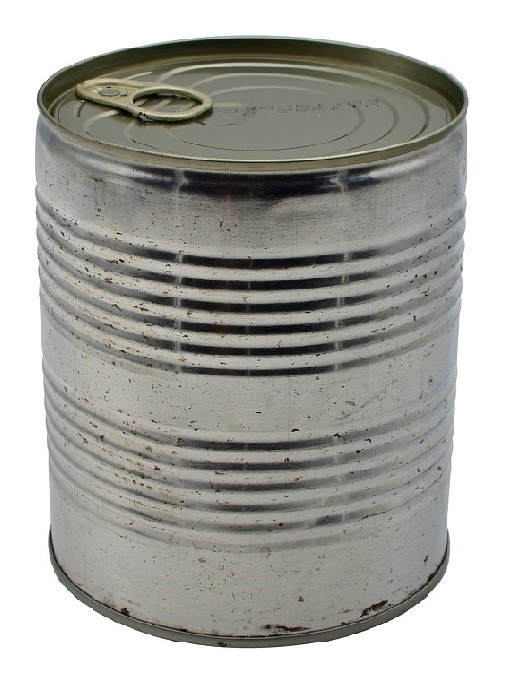Automotive Connector Maintenance: Wire Removal and Push Clip Techniques
Understand automotive connector systems
Automotive electrical systems rely on hundreds of connectors that join wires throughout your vehicle. These connections must withstand vibration, temperature changes, and moisture while maintain reliable electrical contact. Understand how to decent remove wires from connectors and extract push clips form the foundation of automotive electrical maintenance.
Modern vehicles use various connector types, from simple blade terminals to complex multi pin assemblies. Each design require specific techniques for safe removal without damage delicate components or expensive wiring harnesses.
Essential tools for wire and connector work
Professional grade tools make the difference between successful repairs and costly mistakes. A basic automotive electrical toolkit should include terminal release tools, needle nose pliers, wire strippers, and a digital multimeter.
Terminal release tools come in various shapes and sizes to match different connector designs. These specialized picks allow you to depress lock tabs and release terminals without force connections isolated. Invest in a quality set prevents damage to plastic housings and metal terminals.
Safety equipment protect both you and your vehicle’s electrical system. Constantly disconnect the battery before work on electrical connections. Keep a fire asphyxia tor nearby when work with automotive electrical systems, as short circuits can create sparks.

Source: selleys.com.sg
Wire removal techniques for different connector types
Blade style connectors use spring tension to grip spade terminals. To remove these connections, grasp the connector housing unwaveringly and pull straightaway rear while wiggle mildly from side to side. Ne’er pull on the wire itself, as this can damage the crimp connection or break strands inside the insulation.
Pin and socket connectors feature individual terminals that lock into plastic housings. Each terminal have a small locking tab that must be depressed to release the connection. Insert a terminal release tool alongside the wire, locate the locking tab, and press it inwards while mildly pull the wire and terminal assembly out of the housing.
Weather pack connectors include rubber seals that protect against moisture intrusion. These connectors require extra care during removal to prevent tear the seals. Work the terminal release tool cautiously around the seal, and inspect the rubber components for damage beforeprefabricationn.
Master push clip removal
Push clips secure various automotive components, from interior trim panels to Underwood assemblies. These fasteners use flexible plastic tabs that compress during installation and expand to lock in place. Understand their design help you remove them without breakage.
Panel clips typically feature a central post with expand tabs. To remove these clips, locate the center section and push it through the panel while pull the outer portion. Some clips require you to pry up the center section offset, which release the locking mechanism.

Source: photoshopcafe.com
Rivet style push clips expand when the center pin is drive inwards. Removal require extract the center pin outset, which allow the outer sleeve to compress for easy removal. Use needle nose pliers to grip the pin head and pull it outwards until the clip loosens.
Troubleshoot stuck connectors
Corrosion oftentimes cause connectors to stick unitedly, specially in areas expose to road salt or moisture. Ne’er force corrode connections asunder, as this can break plastic housings or damage terminals. Alternatively, apply to penetrate oil around the connection and allow it to soak for several minutes.
Heat cycling can help free stubborn connectors. Use a hair dryer to warm the plastic housing slenderly, which make it more flexible. Cold weather make plastic brittle, so warm connectors reduce the risk of crack during removal.
Electrical contact cleaner dissolves corrosion and remove contaminants from connector surfaces. Spray the cleaner into the connection, work the connector softly, and allow the solvent to evaporate before prefabrication.
Prevent damage during removal
Proper technique prevent expensive repairs and ensure reliable reconnection. Invariably support the connector housing while remove terminals. Plastic housings can crack if subject to excessive force or twist during terminal removal.
Wire management keep individual conductors organize during complex repairs. Use mask tape to label wires before removal, particularly when work with multi pin connectors that contain similar colored wires. Take photos before dismantling provide a reference for proper prefabrication.
Terminal condition affect connection reliability. Inspect each terminal for corrosion, bent contacts, or loose crimps before reinstallation. Replace damage terminals kinda than attempt repairs, as poor connections can cause intermittent electrical problems.
Work with multi pin connectors
Large connectors oftentimes feature secondary locking mechanisms that prevent accidental disconnection. These systems typically include a slide lock or hinge cover that must be disengaged before the main connector can be separate.
Connector position assurance (cCPA)devices provide visual confirmation of proper connection. These small plastic pieces fit into slots on the connector housing and prevent the connection from back out. Ever remove cpCPAevices before attempt to separate connectors.
Pin identification become critical when work with connectors contain dozens of circuits. Automotive service manuals include connector pinout diagrams that show the location and function of each terminal. Reference these diagrams to avoid confusion during prefabrication.
Special considerations for different vehicle systems
Airbag system connectors require special handling due to safety concerns. Invariably wait at least ten minutes after disconnect the battery before work on airbag circuits. These connectors oftentimes feature bright yellow housings and special locking mechanisms.
Engine management system connectors must maintain precise electrical characteristics. Contamination or damage to these connections can trigger diagnostic trouble codes and affect engine performance. Handle these connectors with extra care and protect them from dirt and moisture.
High voltage hybrid and electric vehicle systems present unique challenges. These orange color connectors carry dangerous voltages and require specialized training and equipment for safe service. Ne’er attempt to remove high voltage connectors without proper certification and safety equipment.
Prefabrication best practices
Proper prefabrication ensure long term reliability and prevent future electrical problems. Clean all connector surfaces with electrical contact clean before reconnection. Remove any corrosion or contamination that could interfere with electrical contact.
Terminal alignment prevent damage during insertion. Ensure each terminal is decent orient and slide swimmingly into its cavity. Resistance during insertion indicate misalignment or contamination that must be correct.
Lock mechanism engagement provide the final confirmation of proper assembly. Each terminal should click audibly into place, and any secondary locks or CPA devices should install without force. Test the connection by softly tug on each wire to verify secure attachment.
Maintenance and prevention
Regular inspection prevent connector problems before they cause electrical failures. Include connector checks as part of routine maintenance, specially in areas expose to harsh conditions. Look for signs of corrosion, loose connections, or damage housings.
Dielectric grease protect electrical connections from moisture and corrosion. Apply a thin layer to connector surfaces before prefabrication, but avoid get grease on the actual contact surfaces, as this can interfere with electrical conductivity.
Proper routing prevent connector damage from vibration and chafing. Secure wire harnesses with appropriate clips and ensure adequate clearance from move parts. Replace any damage protective conduit or tape that shield wiring from sharp edges.
Common mistakes to avoid
Force connections aside rank as the virtually common cause of connector damage. If a connection resists separation, stop and identify the locking mechanism quite than apply more force. Broken connectors oftentimes require expensive harness replacement.
Use incorrect tools can damage delicate terminals and housings. Screwdrivers and other improvise tools oftentimes cause more harm than good. Invest in proper terminal release tools design for automotive applications.
Ignore safety procedures put both you and your vehicle at risk. Incessantly disconnect the battery before electrical work, and be particularly cautious around airbag and high voltage systems. When in doubt, consult a qualified technician preferably than risk injury or expensive damage.



